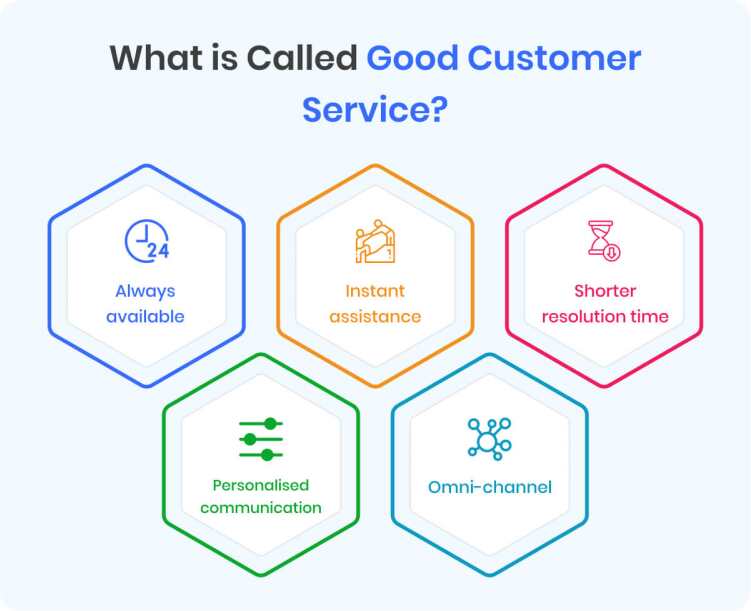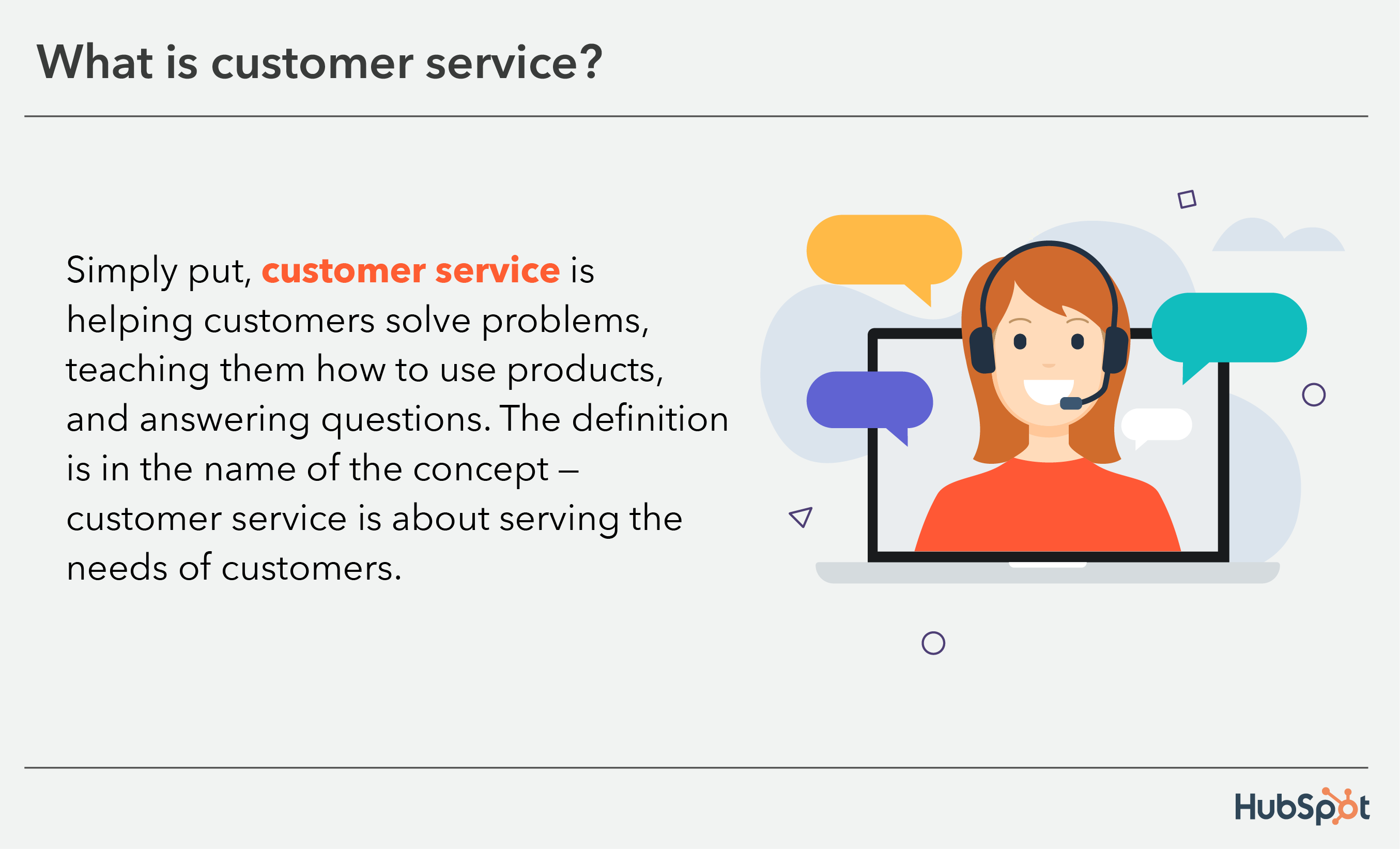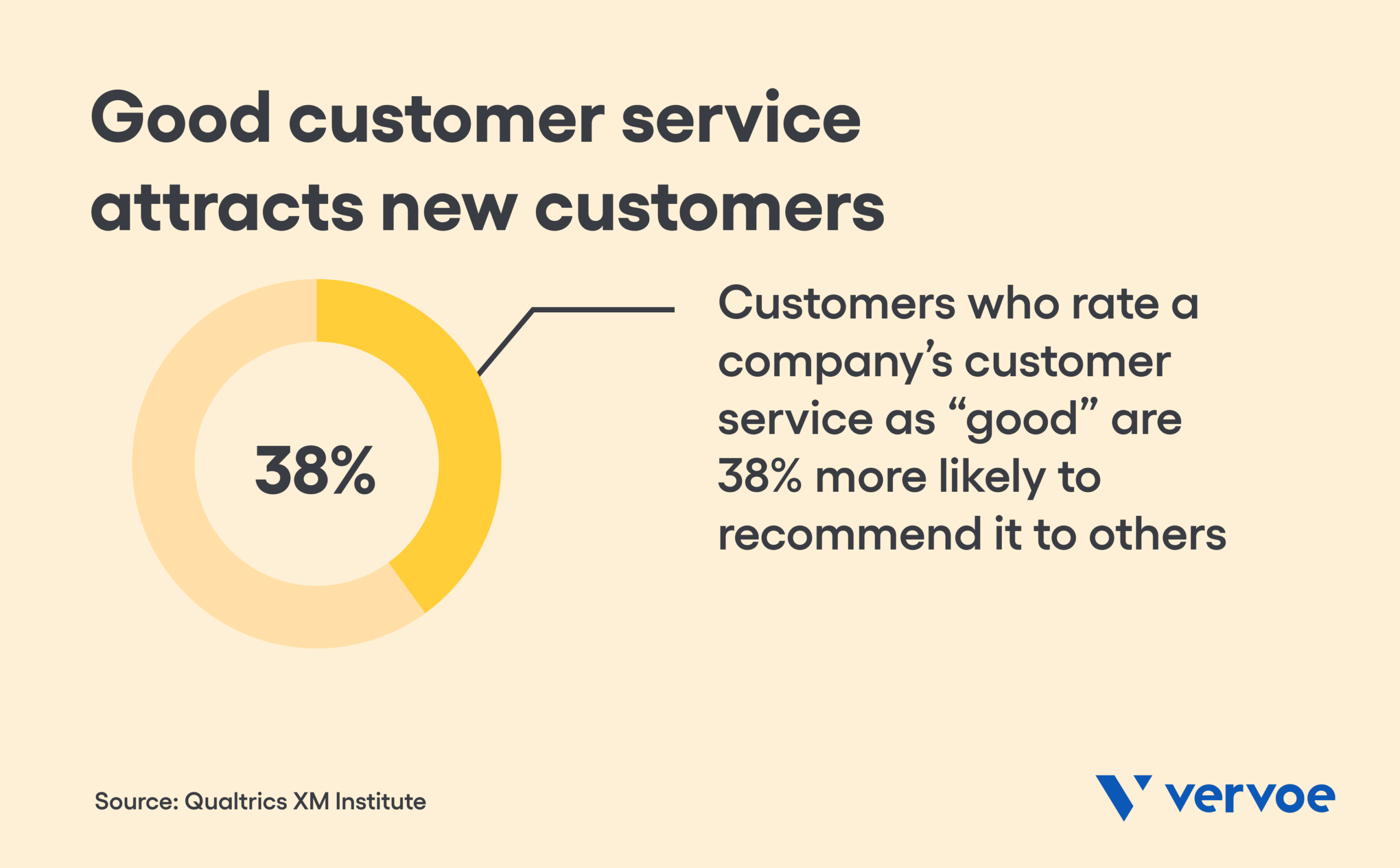If You Prefer Great Customer Service And Lower Fees

The relentless pursuit of better banking experiences is driving a quiet revolution. Consumers, increasingly demanding transparency and personalized service, are weighing their options beyond traditional brick-and-mortar institutions. The balance of power is shifting, pushing financial institutions to adapt or risk losing customers to more agile and customer-centric alternatives.
This article examines the evolving landscape of financial services, focusing on institutions that prioritize both exceptional customer service and lower fees. It delves into the strategies these organizations employ, the challenges they face, and the potential impact on the future of banking. By analyzing data from reputable sources and incorporating expert insights, we aim to provide a comprehensive overview for consumers navigating this dynamic environment.
The Rise of Customer-Centric Banking
Traditional banking models have often been criticized for prioritizing profit margins over customer satisfaction. High fees, complex account structures, and impersonal service interactions have become common grievances. This dissatisfaction has paved the way for the rise of alternative financial institutions that place a greater emphasis on customer needs.
Fintech companies and online banks are leading the charge, leveraging technology to streamline processes and reduce overhead costs. This allows them to offer lower fees and more competitive interest rates. Many of these institutions also invest heavily in customer service, providing personalized support through various channels, including phone, email, and chat.
Key Strategies for Superior Service and Lower Fees
Several key strategies enable these institutions to deliver both superior service and lower fees. Streamlined operations are central to the process. For example, Chime, a popular fintech company, boasts a lean operational structure.
This allows them to keep fees low. This streamlined approach contrasts sharply with the often-complex and bureaucratic processes of traditional banks.
Technology plays a crucial role in automating tasks and reducing the need for large physical branch networks. This translates to significant cost savings that can be passed on to customers in the form of lower fees and higher interest rates. Furthermore, these institutions often utilize data analytics to personalize customer interactions and anticipate their needs.
Comparing Traditional Banks and Alternative Options
When evaluating banking options, consumers should carefully consider their individual needs and priorities. Traditional banks offer the advantage of established reputations, extensive branch networks, and a wide range of services. However, they often come with higher fees and less personalized service.
In contrast, alternative financial institutions may offer lower fees, higher interest rates, and more responsive customer service. But these often lack physical branches and may not offer the same breadth of services as traditional banks. The choice ultimately depends on the individual's comfort level with technology and their need for in-person banking services.
Data from the Consumer Financial Protection Bureau (CFPB) reveals a growing trend of consumers filing complaints against traditional banks regarding fees and service issues. This indicates a growing dissatisfaction with the status quo and a willingness to explore alternative options.
The Impact of Technology
Technology is undeniably transforming the banking landscape. Mobile banking apps provide convenient access to account information and transaction history. Online platforms enable customers to manage their finances from anywhere in the world.
The use of Artificial Intelligence (AI) is also becoming increasingly prevalent, with chatbots providing instant customer support and personalized financial advice. These technological advancements are not only improving the customer experience but also driving down costs for financial institutions.
However, the reliance on technology also presents challenges. Data security and privacy concerns are paramount. Institutions must invest heavily in cybersecurity measures to protect customer information from fraud and cyberattacks.
The Future of Customer Service in Banking
The future of customer service in banking is likely to be characterized by greater personalization and proactivity. Financial institutions will increasingly use data analytics to understand their customers' needs and anticipate their future financial goals.
Personalized financial advice will become more readily available, empowering customers to make informed decisions about their money. Chatbots and AI-powered virtual assistants will play a larger role in providing instant support and resolving customer issues.
The focus will shift from simply reacting to customer inquiries to proactively offering solutions and guidance. This requires a deep understanding of individual customer circumstances and a commitment to building long-term relationships.
Challenges and Opportunities
Despite the opportunities presented by technology and customer-centric approaches, financial institutions also face significant challenges. Regulatory compliance is a major concern.
Navigating the complex web of financial regulations can be costly and time-consuming. Competition is also intensifying, with new fintech companies constantly emerging and disrupting the market. However, these challenges also present opportunities for innovation and differentiation.
Institutions that can successfully navigate the regulatory landscape, embrace technology, and prioritize customer needs will be well-positioned to thrive in the future. The key is to strike a balance between efficiency, security, and personalization.
Conclusion
The demand for better customer service and lower fees is reshaping the financial services industry. Alternative institutions are challenging the dominance of traditional banks by offering more personalized experiences and competitive pricing.
As technology continues to evolve, consumers can expect even greater choice and convenience in how they manage their finances. The institutions that prioritize customer satisfaction and embrace innovation will be the ones that succeed in this dynamic and competitive environment. The future of banking is undeniably customer-centric.


















